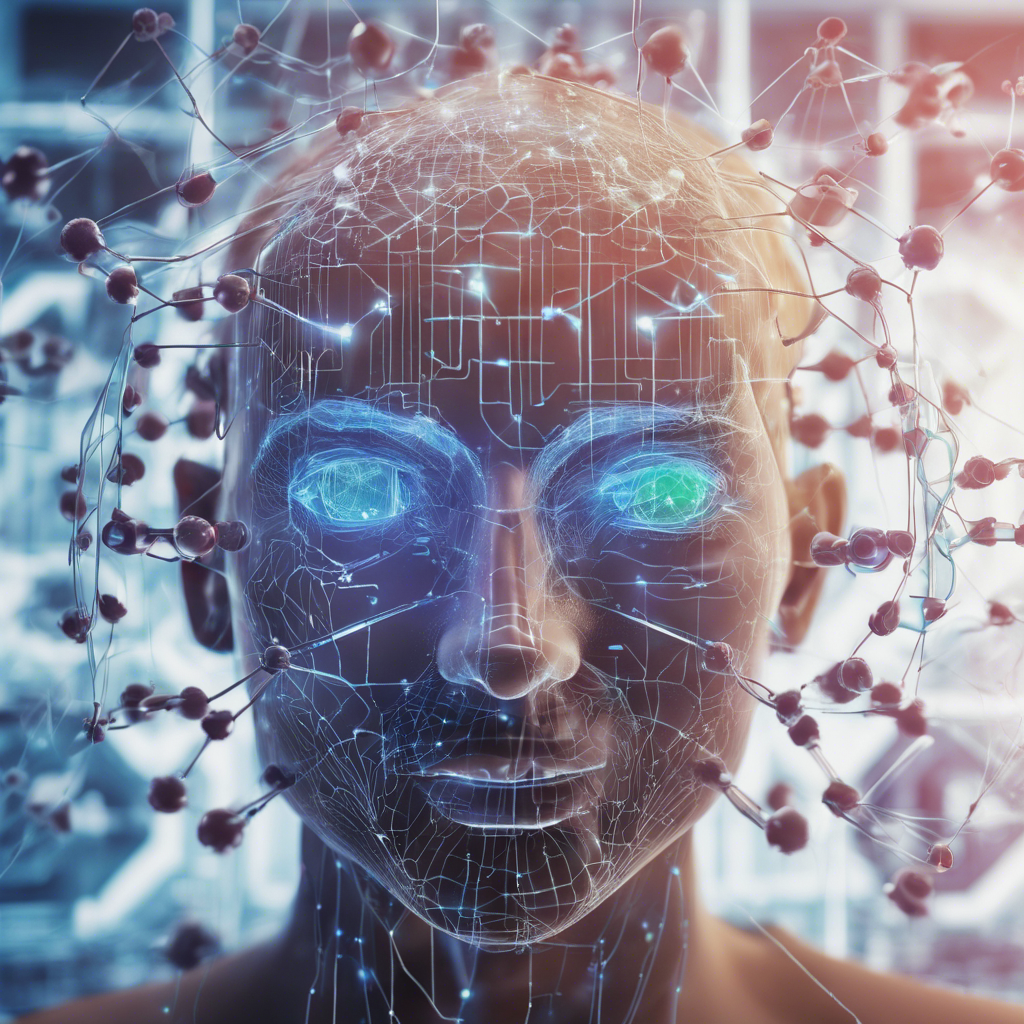Seven Technologies to Watch in 2024: From Protein Engineering to Deepfake Detection

Advancements in protein design, deepfake detection, gene-editing, brain-computer interfaces, super-resolution microscopy, cell atlases, and 3D printing of nanomaterials are shaping the future of technology.
As we enter the new year, the world of technology continues to evolve at an unprecedented pace. From protein engineering to deepfake detection, scientists and researchers are pushing the boundaries of what is possible. In this article, we will explore seven key areas of technology that are set to make waves in 2024. These advancements have the potential to revolutionize industries, improve healthcare, and reshape the way we interact with the world around us.
Deep Learning for Protein Design
Protein engineering has come a long way in recent years, thanks to advancements in deep learning and artificial intelligence. Researchers are now able to design custom-made proteins with specific functions, such as enzymes and drug delivery vehicles. By using large language models and deep learning algorithms, scientists can uncover the hidden grammar of protein sequences and create synthetic proteins that fold stably in the laboratory. This breakthrough has opened up new possibilities for drug development and personalized medicine.
Deepfake Detection
With the rise of generative AI algorithms, deepfake media has become a growing concern. Deepfake images, audio, and videos can be convincingly synthesized, leading to potential misuse and manipulation. Researchers are working on developing tools and algorithms to detect and intercept deepfake content. Strategies include embedding hidden signals in AI models’ output and focusing on the content itself, such as identifying facial feature replacements and irregularities in lip-sync videos. While progress has been made, the battle against AI-generated misinformation is ongoing.
Large-Fragment DNA Insertion
Gene-editing technologies like CRISPR have revolutionized the field of molecular biology. In 2023, the first CRISPR-based gene-editing therapy was approved for clinical use. Scientists are now exploring methods to precisely insert larger DNA sequences into the genome, allowing for the replacement of defective genes or the insertion of fully functional gene sequences. These advancements have the potential to treat genetic diseases and improve human health. Additionally, researchers are applying similar techniques to plants, opening up possibilities for disease and pathogen resistance in crops.
Brain-Computer Interfaces
Brain-computer interfaces (BCIs) are transforming the lives of individuals with severe neurological damage. These devices, which translate neuronal activity into commands, enable people to regain lost skills and achieve greater independence. Researchers are using deep learning algorithms and AI-based language models to improve the interpretation of brain signals and enhance communication. BCIs have the potential to treat not only severe disabilities but also cognitive impairments and mental health conditions, expanding their reach and impact.
Super-Duper Resolution
Advancements in super-resolution microscopy are bringing us closer to atomic-scale imaging. Researchers are pushing the limits of spatial resolution, aiming to bridge the gap between super-resolution microscopy and structural-biology techniques. Methods like MINSTED and RESI allow for the precise imaging of individual molecules and fine structural details of proteins and multiprotein complexes. These breakthroughs have implications for understanding disease mechanisms, drug discovery, and advancing our knowledge of the molecular world.
Cell Atlases
Cell atlases are revolutionizing our understanding of human biology. Initiatives like the Human Cell Atlas (HCA) are creating comprehensive maps of cells and tissues, providing valuable insights into disease mechanisms and potential therapeutic targets. Advances in single-cell analysis and spatial omics methods have accelerated the generation of organ-specific atlases. Researchers are using cutting-edge technologies to decode molecular contents at the single-cell level, enabling the mapping of cellular landscapes with unprecedented detail. These atlases have the potential to guide personalized medicine and revolutionize healthcare.
Nanomaterials Printed in 3D
Nanomaterials offer unique properties and applications, but their precise fabrication has been challenging. Researchers are developing novel 3D printing methods to create nanoscale structures with enhanced characteristics. Photopolymerization techniques using lasers and hydrogels allow for the rapid and precise assembly of nanostructures. Advances in speed, material compatibility, and cost-effectiveness are driving the adoption of these methods. Nanomaterials printed in 3D have the potential to revolutionize industries such as aerospace, healthcare, and energy storage.
Conclusion:
As we look ahead to 2024, these seven areas of technology hold tremendous promise and potential. From protein engineering to deepfake detection, gene-editing to brain-computer interfaces, super-resolution microscopy to cell atlases, and 3D printing of nanomaterials, scientists and researchers are pushing the boundaries of what is possible. These advancements have the power to transform industries, improve healthcare outcomes, and shape the future of our world. As we embark on this technological journey, it is crucial to navigate the ethical and societal implications that accompany these advancements, ensuring that they benefit humanity as a whole.

